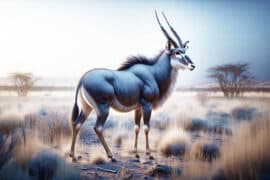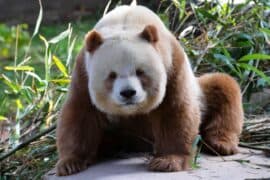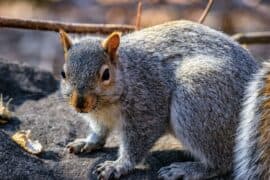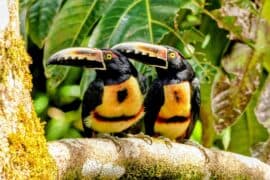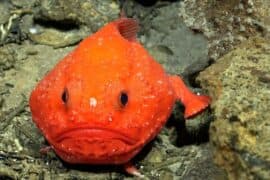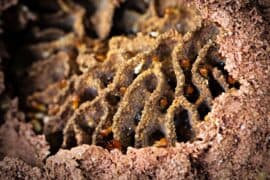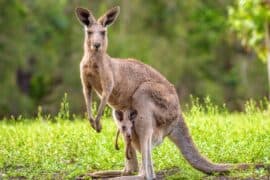Ross's gull
(Rhodostethia rosea)
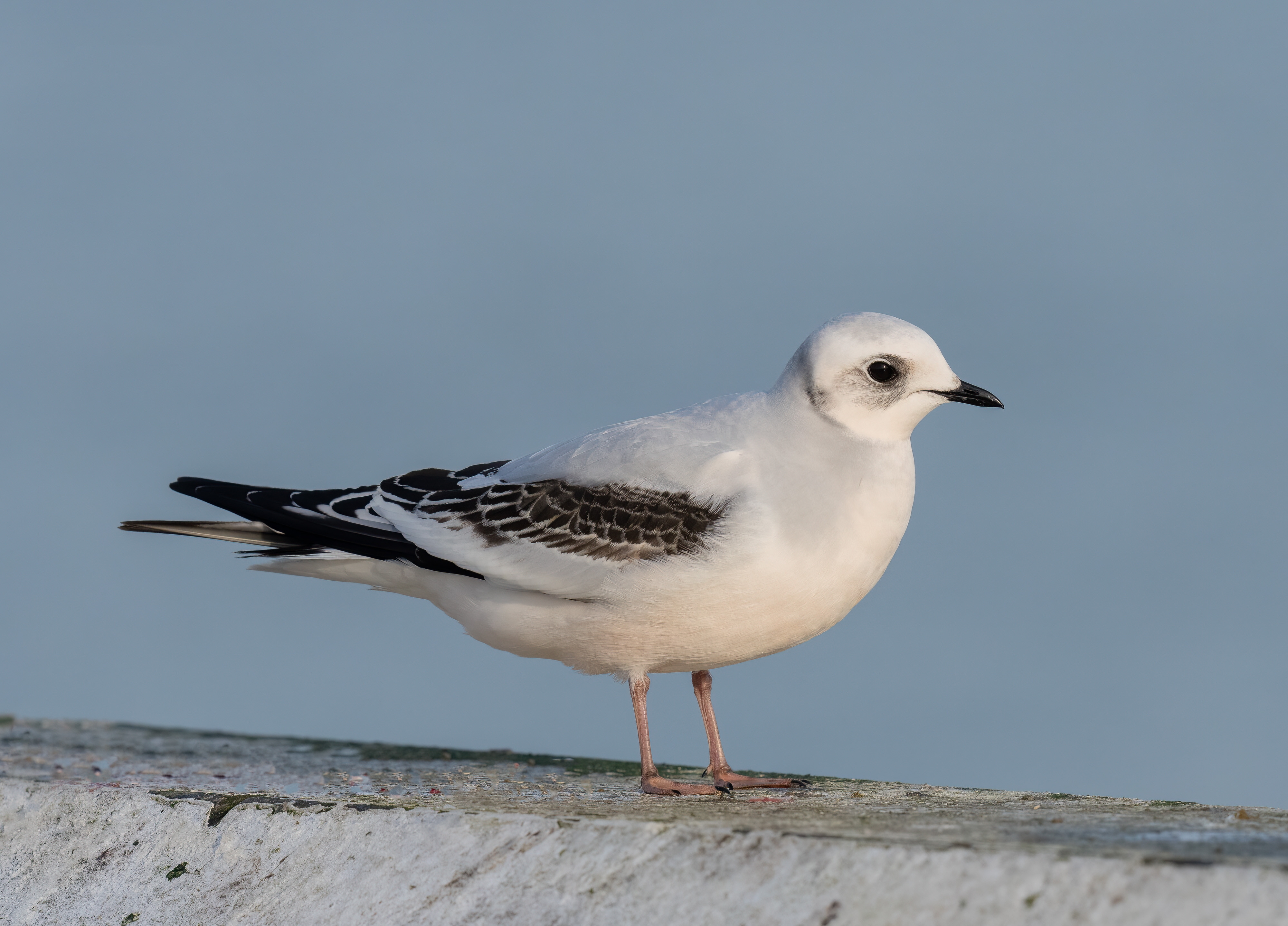
Description
Ross's gull (Rhodostethia rosea) is a small gull, the only species in its genus, although it has been suggested it should be moved to the genus Hydrocoloeus, which otherwise only includes the little gull. This bird is named after the British explorer James Clark Ross. Its breeding grounds were first discovered in 1905 by Sergei Aleksandrovich Buturlin near the village of Pokhodsk in North-Eastern Yakutia, while visiting the area as a judge. The genus name Rhodostethia is from Ancient Greek rhodon, "rose", and stethos, "breast". The specific rosea is Latin for "rose-coloured". This small bird is similar in size and some plumage characteristics to the little gull. It is slightly larger and longer winged than the little gull species, and has more-pointed wings and a wedge-shaped tail. Its legs are red. Summer adults are pale grey above and white below, with a pink flush to the breast, and a neat black neck ring. In winter, the breast tints and neck collar are lost and a small dark crescent develops behind the eye. Young birds resemble winter adults, but have a dark "W" pattern on the wings in flight, like young little gulls. The juveniles take two years to attain full adult plumage. 11.4-12.2 in (29-31 cm) Weight: 4.9-8.8 oz (140-250 g) Wingspan: 35.4-39.4 in (90-100 cm) Ross's gull breeds in the high Arctic of northernmost North America, and northeast Siberia. It migrates only short distances south in autumn, most of the population wintering in northern latitudes at the edge of the pack ice in the northern Bering Sea and in the Sea of Okhotsk, although some birds reach more temperate areas, such as north west Europe; in February 2016 they were sighted in Cornwall and Ireland according to the BTOs 'BirdTrack', in December 2021 two were seen in Belgium, one in Nieuwpoort and one in Zeebrugge. In North America, a Ross's gull has been spotted as far south as Salton Sea in California, although sightings this far south are extremely rare. The summer breeding grounds are tundra with sedges, grass tussocks, dwarf willows, bushes, lichens and pools. The Ross's gull breeds in small colonies on tundras and swampy Arctic estuaries, often nesting with other seabirds such as Arctic terns. It lays two to three eggs in a nest on the ground lined with seaweed, grass or moss, often on an island in a little lake. The eggs are olive green with small reddish-brown spots. Incubation takes about three weeks and the chicks fledge in another three weeks.
Taxonomic tree:

